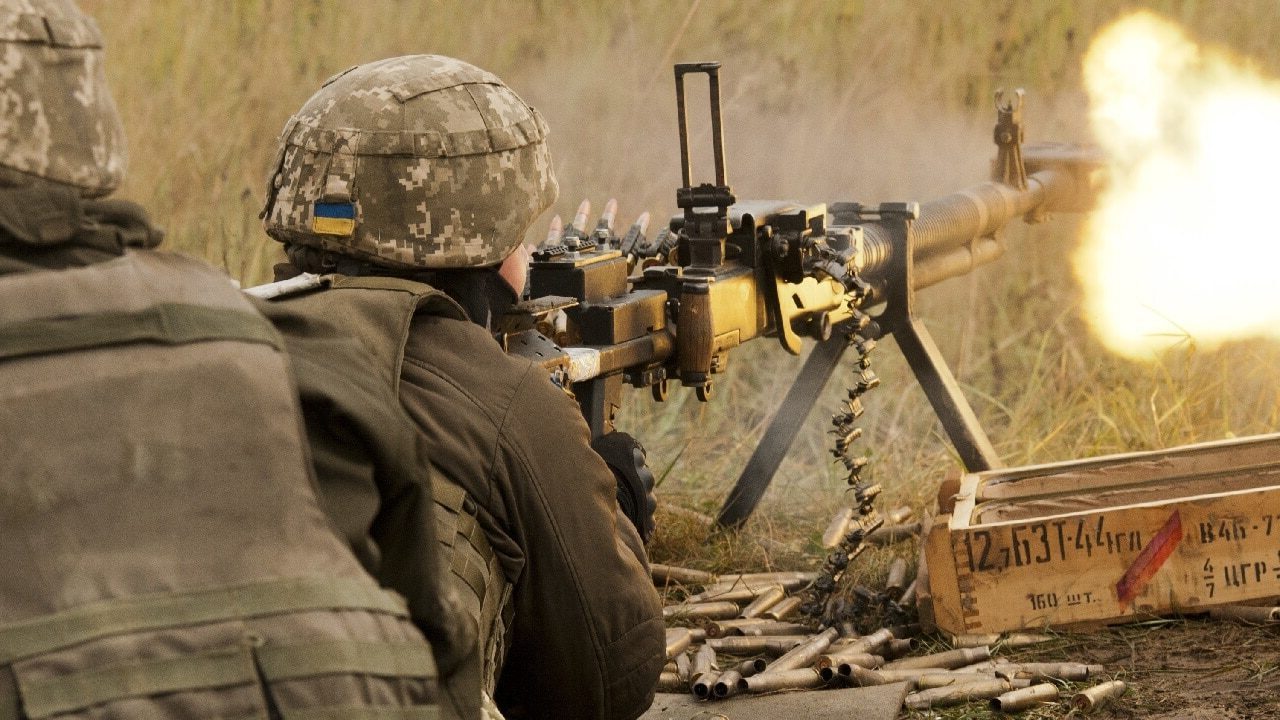The War in Ukraine Takes an Interesting Turn: Ukrainian opposition—by both violent and non-violent means—to the Russian occupation continues.
In the period from July 6 to August 2, at least 33 resistance incidents occurred. Of these, 17 involved acts of non-violent protest, while 16 involved violence against persons or property. The most such incidents occurred in Kherson province, where the Ukrainian armed forces are preparing a counter-offensive. Nine incidents took place in the Donbas; four apiece in Zaporizhzhya province and the Crimea; one in Kharkiv province.
Occupied Crimea’s addition to the list is a significant change from previous months. It may portend growing self-confidence on the part of Russia’s opponents on the peninsula and could play an important role in mobilizing resistance if Ukraine decides to recapture Crimea.
July 6, Kherson: bomb explosion near railroad station, ammunition dump destroyed.
July 6, Severodonetsk, Luhansk province: leaflets opposed to Chechen armed units appear in the city.
July 8, Nova Kakhovka, Kherson province: collaborator Serhii Tomko, deputy head of local police force, shot and killed.
July 9, Nova Kakhovka: pro-Ukrainian signage appears in city.
July 10, Sevastopol, occupied Crimea: anti-Russia leaflets appear in city.
July 11, Velykyy Burluk, Kharkiv province: collaborator Yevhen Yunakov assassinated in car-bombing.
July 11, Kherson: bomb disarmed, intended to kill collaborator Volodymyr Saldo, head of Russian-controlled province administration.
July 11, Zaporizhzhya province: shots fired at collaborationist head of Melitopol district administration, Andrii Sihuta.
July 11, Sudak, occupied Crimea: a group of Russian soldiers assaulted by local residents, possibly Crimean Tatars, with one Russian being severely beaten.
July 11, Simferopol, occupied Crimea; Kherson; Melitopol, Zaporizhzhya province: Yellow Ribbon resistance movements emerges.
July 12, Kherson province: Col. Aleksei Avramchenko shot and killed, possibly by partisans.
July 14, Mariupol, Donetsk province: “Satelit” plant set on fire.
July 16, Kherson: blue-and-yellow ribbons appear in city.
July 16, probably Sevastopol, occupied Crimea: wanted posters appear, offering $15,000 for information on or “liquidation” of Captain Anatoly Varochkin, who ordered the July 14th missile strikes on civilians in Vinnytsia.
July 20, Mariupol, Donetsk province: pro-Ukrainian leaflets appear in city.
July 20, Kherson and Berdyansk, Zaporizhzhia province: anti-Russian graffiti appears in both cities.
July 21, Kherson: pro-Russian billboard defaced, anti-Russian graffiti appears, Ukrainian flag hoisted in public place.
July 22, Kherson: pro-Ukrainian leaflets and graffiti appear in city.
July 22, Mariupol, Donetsk province: Ukrainian national symbol appears in city center.
July 23, Kherson: pro-Russian banners defaced.
July 25, Chaplynka, Kherson province: pro-Ukrainian symbols appear in village.
July 25, Berdyansk, Zaporizhzhya province: explosion near Pivdenhidromash plant, possibly the work of the resistance.
July 27, Kherson: one collaborationist policeman killed, one wounded in car bomb explosion.
July 27, Kherson province: partisans kill “group of occupiers.”
July 28, Kherson: partisans distribute leaflets urging population to leave city in advance of Ukrainian offensive.
July 29, Sevastopol, occupied Crimea: anti-Russian posters appear in city.
July 29, Kherson: pro-Ukrainian signs appear in city.
July 29, Mariupol, Donetsk province: Nemesis resistance group sets fire to grain fields to prevent Russian confiscation of grain.
July 30, Kherson: Yellow Ribbon resistance movement offers rewards for information on planned Russian events.
July 30, Enerhodar, Zaporizhzhya province: several explosions in front of hotel housing Russian troops; at least six wounded. Possibly the work of the resistance.
July 30, Svyatove, Luhansk province: partisans destroy rail signaling and communications devices.
August 1, Krasne, Kherson province: Russian flag above the village council building burned; pro-Ukrainian and anti-Russian graffiti written on door.
August 2, occupied Crimea: anti-Russian leaflets appear.
August 2, Luhansk: provincial governor, Serhii Hayday, claims Luhansk partisans have destroyed vital infrastructure.
August 2, Troitske, Luhansk province: anti-Russian leaflets appear.
The Berdyansk Partisan Army continues to distribute calls for information regarding Russian troop movements and collaborators on its Telegram site. Interestingly, two more organized groups have emerged: Yellow Ribbon, in Simferopol, Kherson, and Melitopol; and Nemesis, in Kherson. Their emergence may herald growing involvement in guerrilla activities by Ukrainians and growing coordination between the resistance and the armed forces.
Expert Biography: Now a 1945 Contributing Editor, Dr. Alexander Motyl is a professor of political science at Rutgers-Newark. A specialist on Ukraine, Russia, and the USSR, and on nationalism, revolutions, empires, and theory, he is the author of 10 books of nonfiction, including Pidsumky imperii (2009); Puti imperii (2004); Imperial Ends: The Decay, Collapse, and Revival of Empires (2001); Revolutions, Nations, Empires: Conceptual Limits and Theoretical Possibilities (1999); Dilemmas of Independence: Ukraine after Totalitarianism (1993); and The Turn to the Right: The Ideological Origins and Development of Ukrainian Nationalism, 1919–1929 (1980); the editor of 15 volumes, including The Encyclopedia of Nationalism (2000) and The Holodomor Reader (2012); and a contributor of dozens of articles to academic and policy journals, newspaper op-ed pages, and magazines. He also has a weekly blog, “Ukraine’s Orange Blues.”

